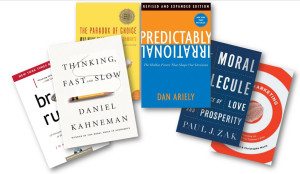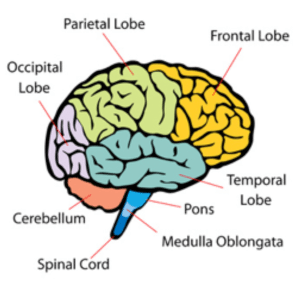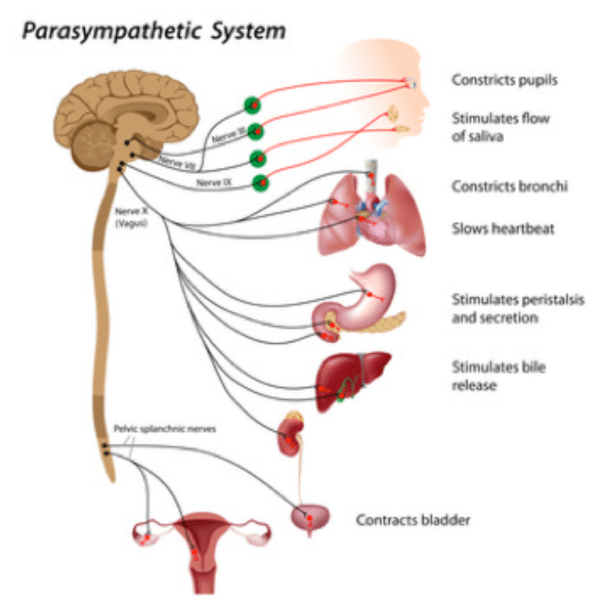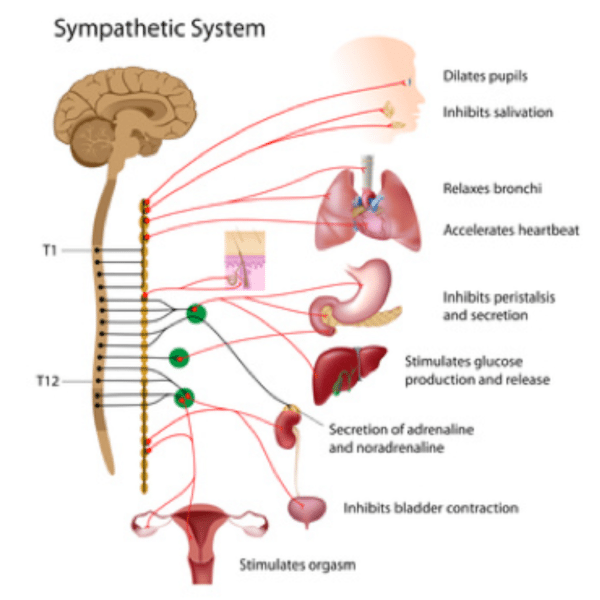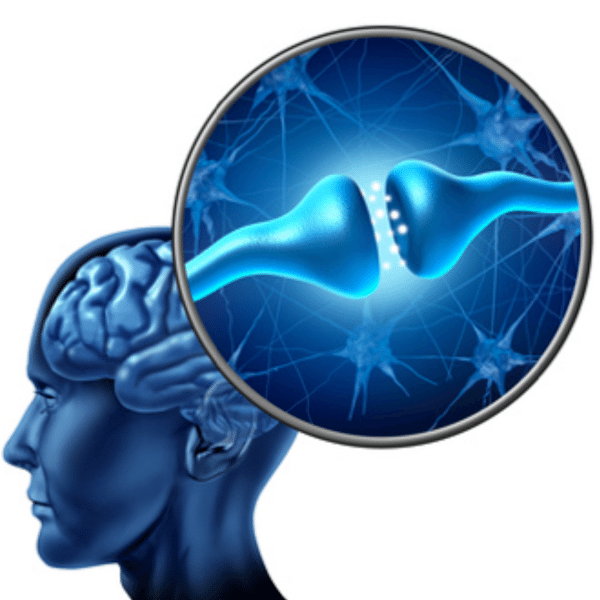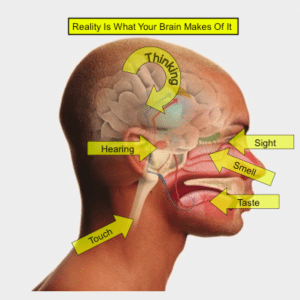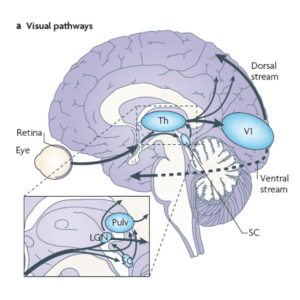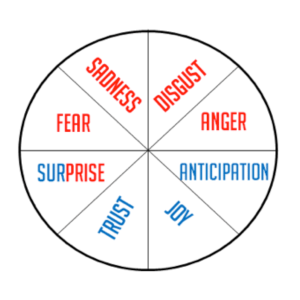The combination of neuro and marketing implies the merging of two fields of study (neuroscience and marketing). The term neuromarketing cannot be attributed to a particular individual as it started appearing organically around 2002. At the time, a few U.S. companies like Brighthouse and SalesBrain became the first to offer neuromarketing research and consulting services advocating the use of methods and knowledge coming from the field of cognitive neuroscience. In simple terms, neuromarketing suggests that understanding and predicting consumer behavior must include the perspective of neuroscience. A growing number of books have been published on neuromarketing, consumer neuroscience, consumer psychology, cognitive neuroscience and other related fields. For more, we recommend you go to our favorite list of books by clicking here.
The first scholarly piece of neuromarketing research was performed by Read Montague, Professor of Neuroscience at Baylor College of Medicine in 2003 and published in Neuron in 2004. The study asked a group of people to drink either Pepsi or Coca Cola while their brains were scanned in an fMRI machine. While the conclusions of the study were intriguing, Dr. Montague did not provide a rationale for how our brain handles brand choices. Nevertheless, the study did reveal that different parts of the brain light up if people are aware or not aware of the brand they consume. Specifically, the study suggested that a strong brand such as Coca Cola had the power to “own” a piece of our prefrontal cortex. The PFC manages our attention, controls our short-term memory, and does the best of our thinking–especially planning. So according to the study, when people know they are drinking Coca Cola, they actually say they prefer the Coke brand over Pepsi and their PFC lights up. However, when they don’t know which brand they are consuming, they report that they prefer Pepsi instead. In this latter event, the part of the brain which is most active is not the EF but an older brain structure nestled in the limbic system. This brain area is responsible for our emotional and instinctual behavior. The Coke and Pepsi study may have not been enough to convince many marketing researchers that neuroscience could help crack the neural code of our decisions, but it was certainly enough to start a new field. Since then, hundreds of studies have been performed confirming the correlation between consumer behavior and brain activity.
Understanding the Brain as an High-Energy Consuming Organ
In fact, the brain is responsible for all our consumer behaviors. To perform these behaviors and choices, the brain needs to use a lot of energy. Even though the brain is only 2% of our body mass, it burns nearly 20% of our energy. But most of the decisions we need to go through a day are managed below our level of consciousness. This explains why nearly 90% of our brain energy is necessary to sustain our rest state or default mode, a critical aspect of brain functioning which is largely performed below our level of awareness. So it appears that we use about 10% of our brain consciously. Worse, we do not control the bulk of our attention since we are too busy scanning the environment for potential threats. Because nothing matters more than survival, we are in fact largely controlled by the most ancient part of our brain known as the R-complex or the reptilian brain. This structure includes the brain stem and part of the lower limbic system. The reptilian brain has developed over millions of years. It is pre-verbal, does not understand complex messages, and seeks pain avoidance over thrills. It is the part of the brain that makes us extremely selfish and drives our strong preference for mental shortcuts over long deliberations. The most powerful aspect of the reptilian brain is the fact that it is able to process visual stimuli without the use of the visual cortex. This is why we prefer images over words and experiences over explanations. Antonio Damasio, a well-known neuroscientist and respected author once said, “We are not thinking machines that feel, we are feeling machines that think”.


